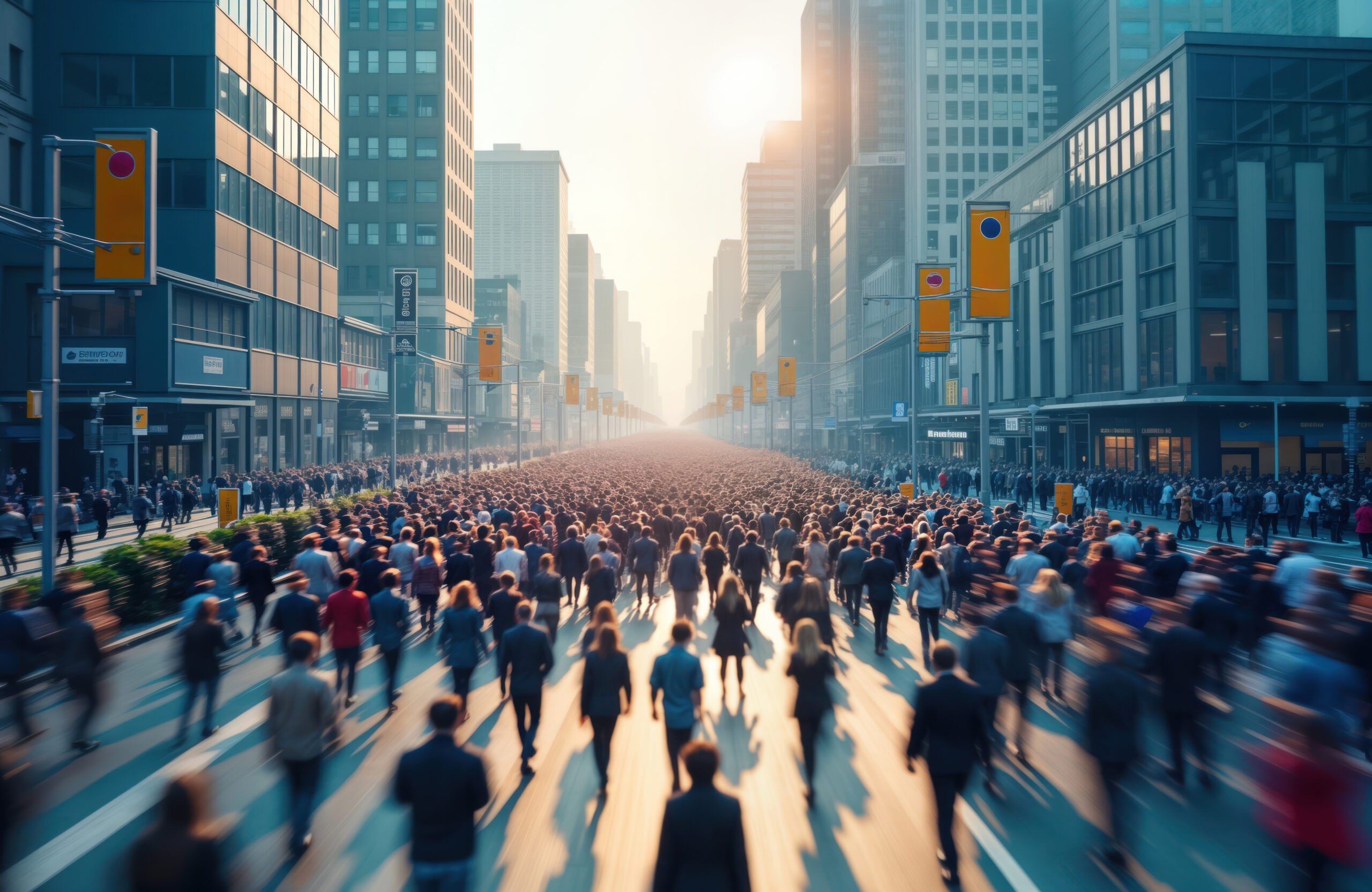Growing up in Brooklyn, I was no stranger to hustle. The city pulses with energy, ambition, and a constant drive to do more, see more, be more. That fast pace shaped my early years and even inspired me to become a digital nomad—working remotely while traveling the world. But after years of bouncing from one city to the next, chasing the next new place, I began to question the value of speed in travel and life. I realized that slow travel—staying longer, digging deeper—is more than just a different way to see the world. It’s an act of resistance against a culture obsessed with rushing, surface-level experiences, and burnout.
The Pressure to Move Fast
In the early days of my nomadic journey, I thought the value of travel was in ticking off destinations. From Lisbon to Chiang Mai, Bali to Buenos Aires, the goal seemed to be to see as many places as possible in the shortest amount of time. Social media didn’t help; it amplified the pressure to share new photos, check into trendy spots, and keep the feed fresh. But what I found was that moving fast often meant missing out on what really matters—connecting with people, understanding local rhythms, and letting a place seep into your bones.
That pressure to keep up the pace felt familiar, almost like the relentless energy I grew up with in Brooklyn. But on the road, it felt more exhausting. I was constantly packing, unpacking, adjusting to new time zones, and fighting against the fatigue that comes with living out of a suitcase. Instead of feeling free, I started to feel fragmented. I was everywhere and nowhere at once.
Discovering Slow Travel
The turning point came when I decided to stay put in one place for a few months. I chose a quiet town in southern Spain, far from the usual digital nomad hotspots. At first, it felt like a challenge—would I get bored? Would I lose momentum? But what happened was the opposite. Staying longer allowed me to see the city beyond the tourist lens. I learned the local markets, found my favorite café, and slowly developed friendships that went beyond the surface.
Slow travel gave me the space to observe the daily life around me. I noticed how the locals balanced work and rest, how children played in the streets, how the sun’s angle changed with the seasons. I began to appreciate the beauty in small rituals and routines. It wasn’t about collecting experiences anymore; it was about living them.
Slow Travel as Resistance
In a world that values speed and constant productivity, choosing to slow down is a quiet but powerful rebellion. It pushes back against the idea that life is a race to be won. For digital nomads like me, it also resists the commercialization of travel—the endless cycle of flights, Airbnb turnovers, and shallow encounters.
Slow travel insists that time is a resource worth spending generously. It allows for mistakes, awkward moments, and even boredom—all essential ingredients for real growth and connection. When you slow down, you open yourself to the unexpected. You stop rushing to the next Instagram-worthy shot and start paying attention to the stories behind the people and places you encounter.
How Slow Travel Changed My Perspective
Living this way has transformed not just how I travel but how I see the world—and myself. Instead of feeling like a visitor, I started feeling like a participant in the places I stayed. I noticed my own rhythms shifting too. Without the constant pressure to move, I became more patient, more curious, and more willing to embrace uncertainty.
Slow travel also made me rethink what “work-life balance” means. Based in Brooklyn, where hustle is a way of life, I used to equate being busy with being successful. But spending months in one place showed me the value of integrating work with living fully. I found myself working fewer hours but with more focus and joy, because I wasn’t juggling the chaos of constant travel.
The Challenges of Slowing Down
That said, slow travel isn’t always easy. It challenges our instincts and the societal messages ingrained in us. Sometimes I felt restless, wondering if I was missing out or falling behind professionally. There were moments when the stillness felt uncomfortable or lonely.
But those moments became opportunities to look inward. I learned to sit with discomfort, to accept that not every day would be exciting or productive. Slowing down invited me to develop a deeper relationship with myself, to appreciate the quiet as much as the adventure.
Bringing Slow Travel into Everyday Life
Though I still love to travel, slow travel has become my default mode. Even when I’m back in Brooklyn, I try to carry this mindset with me—taking time to savor meals, really listen to friends, and find pockets of calm amid the city’s noise.
For anyone feeling caught in the fast lane—whether traveling or at home—I encourage you to try slow travel in your own way. It doesn’t require booking a long-term visa or giving up your job. It might mean spending an extra week in one city, taking a daily walk without your phone, or learning a new skill that demands patience.
Slowing Down to Truly Live
At the end of the day, slow travel is about more than just pacing your itinerary. It’s a commitment to presence, curiosity, and respect for the places and people you encounter. It’s a reminder that the richest experiences come not from how fast you go, but how deeply you engage.
As a Brooklyn-based digital nomad, I still carry the city’s hustle in my bones, but slow travel has taught me when to hit the brakes—and why that matters. In a world racing forward, choosing to slow down is, for me, one of the most radical ways to live fully.
